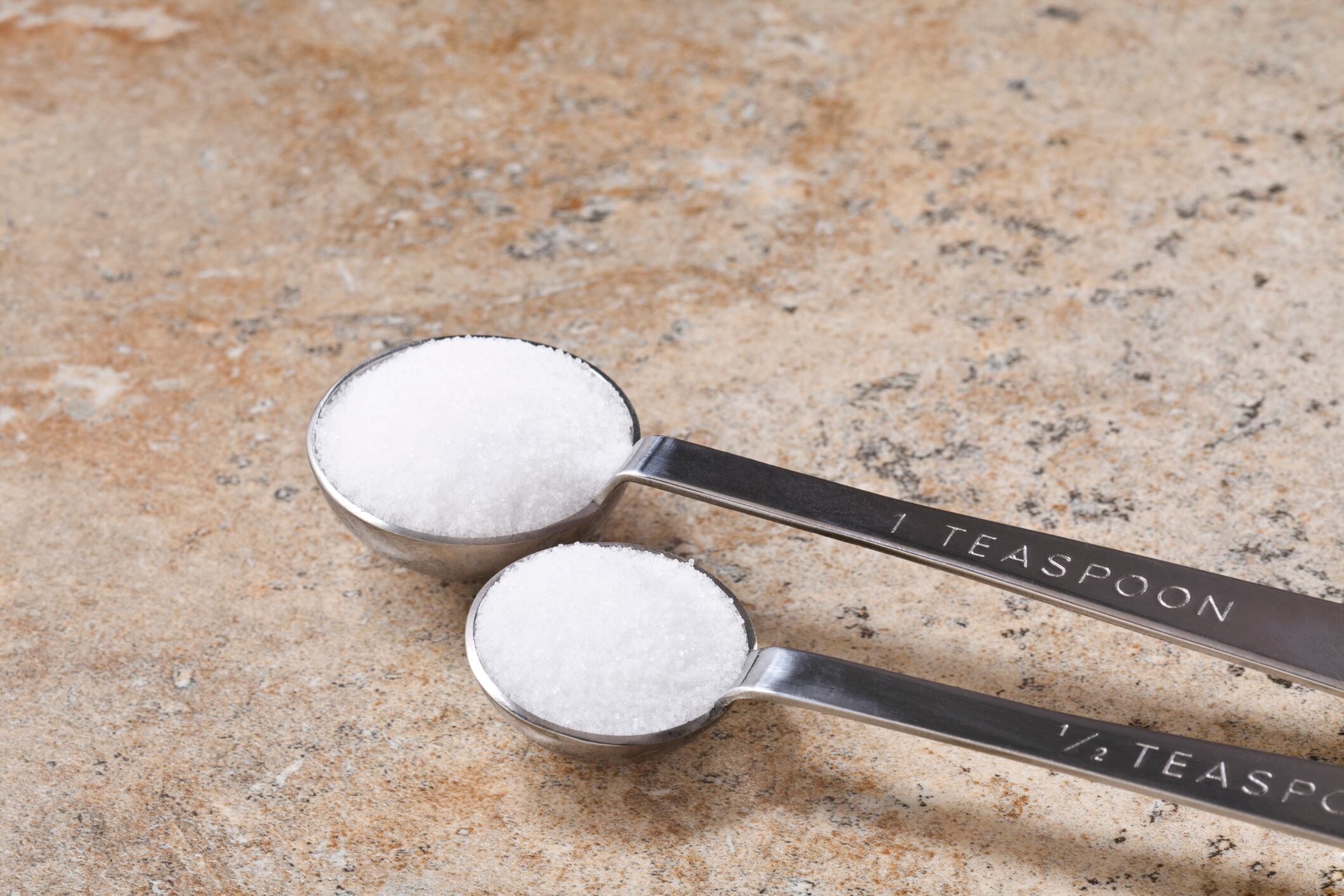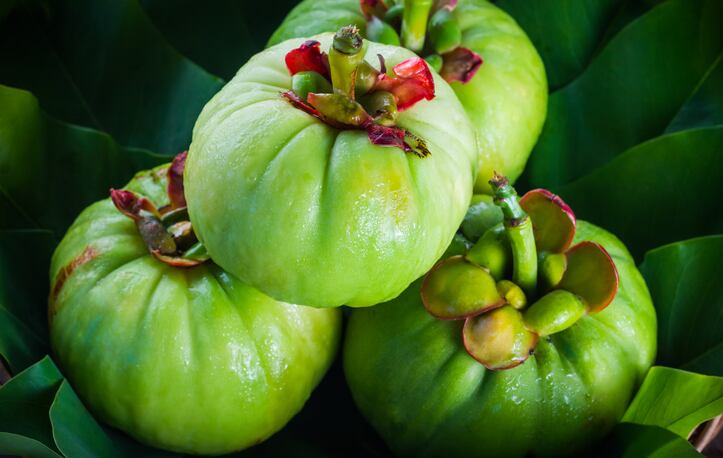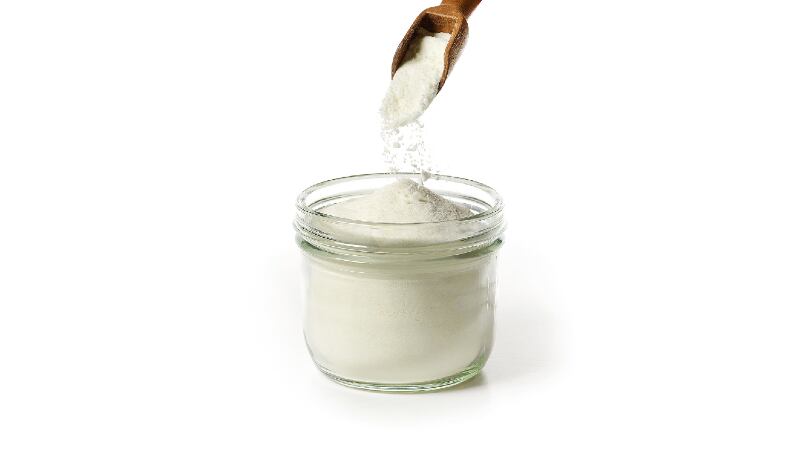Compared to baseline, there was a significant improvement noted in the general blood pressure for all groups who underwent an intervention involving various salt formulations used to prepare a Chinese-modified diet or a meal pack.
However, the group who used 23% low-sodium salt to prepare a Chinese-modified meal pack experienced a more significant decrease in systolic and diastolic blood pressure compared to other groups (SBP: −19.06 mmHg, 95% CI -24.71 to −13.41, p < 0.001 and DBP: −7.82 mmHg, 95% CI -10.77 to −6.87, p < 0.001).
All groups, except for the group who used normal salt to prepare a Chinese-modified diet, saw an increase in potassium and decrease in sodium 24 hours after the intervention.
The sodium/potassium ratio measurement is correlated with blood pressure increase and arterial hypertension.
The researchers explained the following regarding the more significant results noted for the group who used 23% low-sodium salt for the meal pack: “The decrease in SBP was most pronounced in Group D, which could be because the components of the meal pack (CM-DASH Nutrition Dietary Pack) included 23% low-sodium salt and various supplementary foods rich in dietary fiber (lunch/dinner staple: 100 g CM-DASH Babao rice contain 7.486 g dietary fiber, whereas 45 g rice +10 g corn grits +10 g red beans only contain 1.5 g dietary fiber).”
Chinese-modified dietary approach
The Chinese Modified Dietary Approaches to Stop Hypertension (CM-DASH) diet was developed for Chinese patients with hypertension and type 2 diabetes based on their daily energy requirement per kilogram of ideal body mass for light physical activity in patients who are overweight or obese.
It is a revision of the standard DASH diet developed in the United States that is more aligned with Chinese dietary habits and contains less fat, saturated fat, and calories.
Key to note about CM-DASH is its diversified dietary pattern that is high in dietary fibre and low in salt, sugar, and fat.
The researchers highlighted the challenges of promoting the DASH diet in China given the restriction of salt intake in the diet and that most Chinese individuals prefer high-salt foods.
That said, the use of low-sodium salts – that looks and tastes like ordinary table salt with 90 to 99% sodium chloride mixed with varying proportions of potassium chloride – was proposed as a salt-alternative to prepare CM-DASH.
However, there is limited trials conducted around the use of low-sodium salts in the DASH diet and the researchers wanted to evaluate its impact on reducing the blood pressure, sodium intake, and increasing potassium intake in patients with hypertension and type 2 diabetes.
Study design
The results were based on a randomised controlled single-blind trial (patients were blinded to the specific grouping) with a semi-open design.
The study was funded by the Science and Technology Bureau of Chongqing, China.
130 patients from healthcare institutions in Chongqing, China, were randomly assigned into four groups: Group A (CM-DASH diet prepared with normal salt; n=34); Group B (CM-DASH diet prepared with 52% low-sodium salt; n=32); Group C (CM-DASH diet prepared with 23% low-sodium salt; n=33); and Group D (CM-Dash meal pack prepared with 23% low-sodium salt; n=33).
All participants were directed to use less than 5g of salt per person per day, measured with a quantitative spoon and an electronic scale.
The 52% low-sodium salt contained 31% potassium chloride, 52% sodium chloride, 9.2% carbohydrates, and 4.4% protein. The 23% low-sodium salt contained 56% potassium chloride, 23% sodium chloride, and 3.0% protein.
The meal packs were prepared by Chongqing Shanshun Biotechnology Co., Ltd. They are mixed grain and homogenised meals that included solid drinks and rice.
For Week 1 and 2, participants would undergo their respective DASH diet adaptations at home. For Week 3 and 4, there would be a centralised feeding in the hospital canteen for lunch and dinner and breakfast prepared at home based on diet recommendations. For week 5 to 8, participants would continue their DASH diet adaptations at home.
Weekly follow-up visits were in place to measure their blood pressure and distribute them the trial salt. Laboratory measurements including a 24-hours urinary electrolytes and blood electrolytes were also taken.
“Our preliminary findings suggest that an 8-week intervention using 23 and 52% concentrations of low-sodium salt combined with a CM-DASH diet can achieve “salt reduction to scale” and thus safely improve sodium and potassium intake for blood pressure control in patients with hypertension and type 2 diabetes.
“Salt reduction as performed in this study is safe, has good patient compliance, and has practical value for dissemination to specific populations, such as patients with hypertension and type 2 diabetes,” the researchers concluded.
Source: frontiers
“Novel low-sodium salt formulations combined with Chinese modified DASH diet for reducing blood pressure in patients with hypertension and type 2 diabetes: a clinical trial.”
Authors: Zhang, Z., et al.
doi: 10.3389/fnut.2023.1219381




